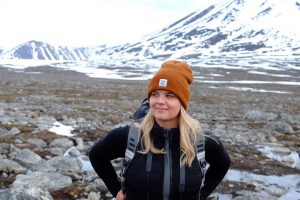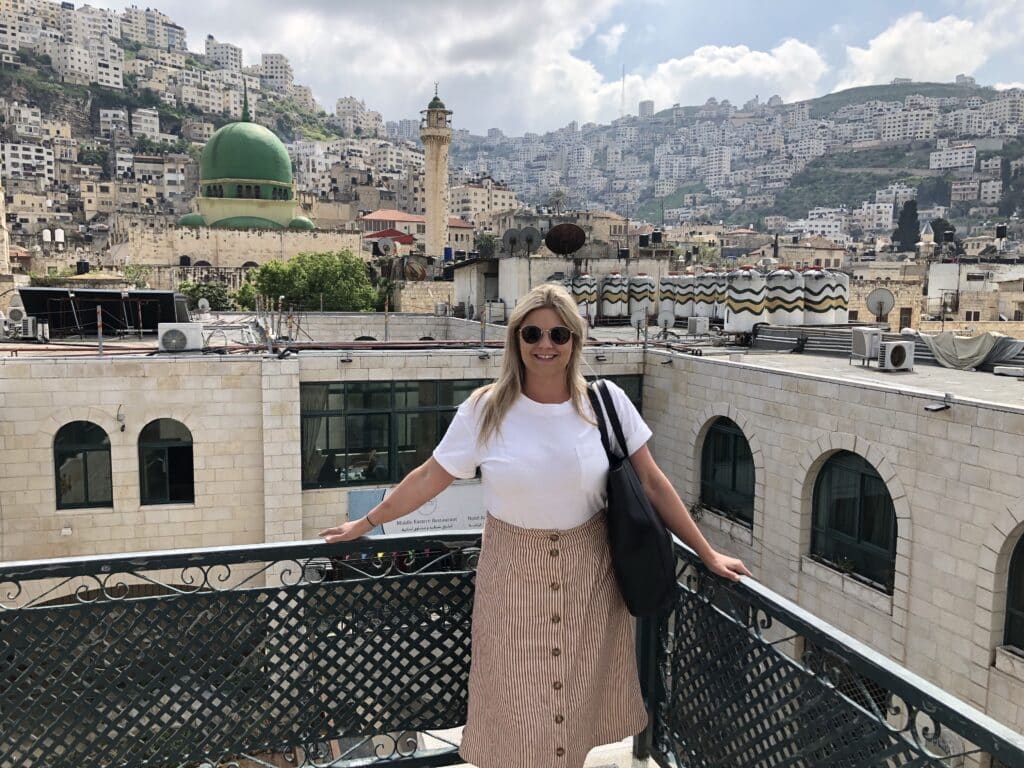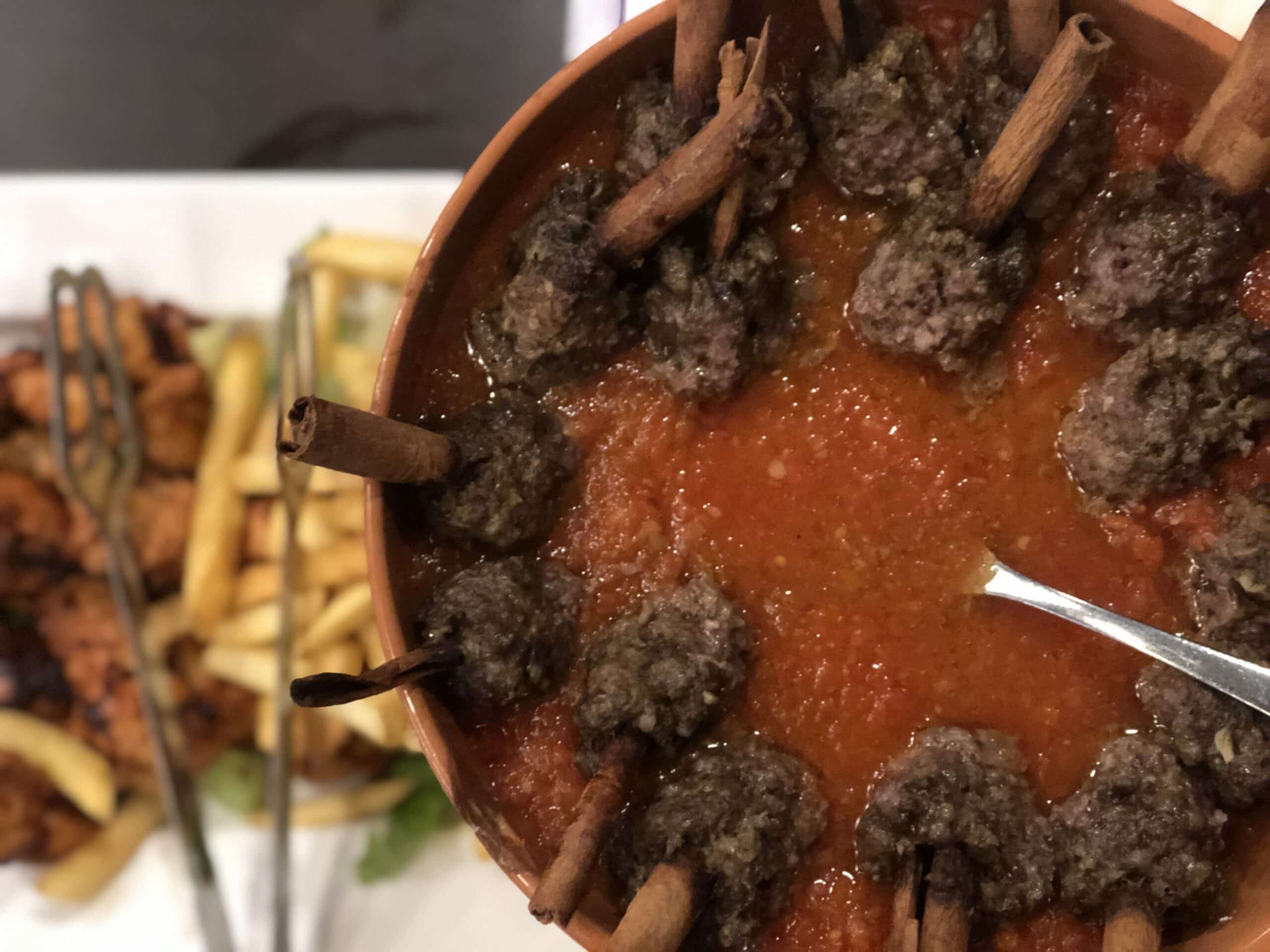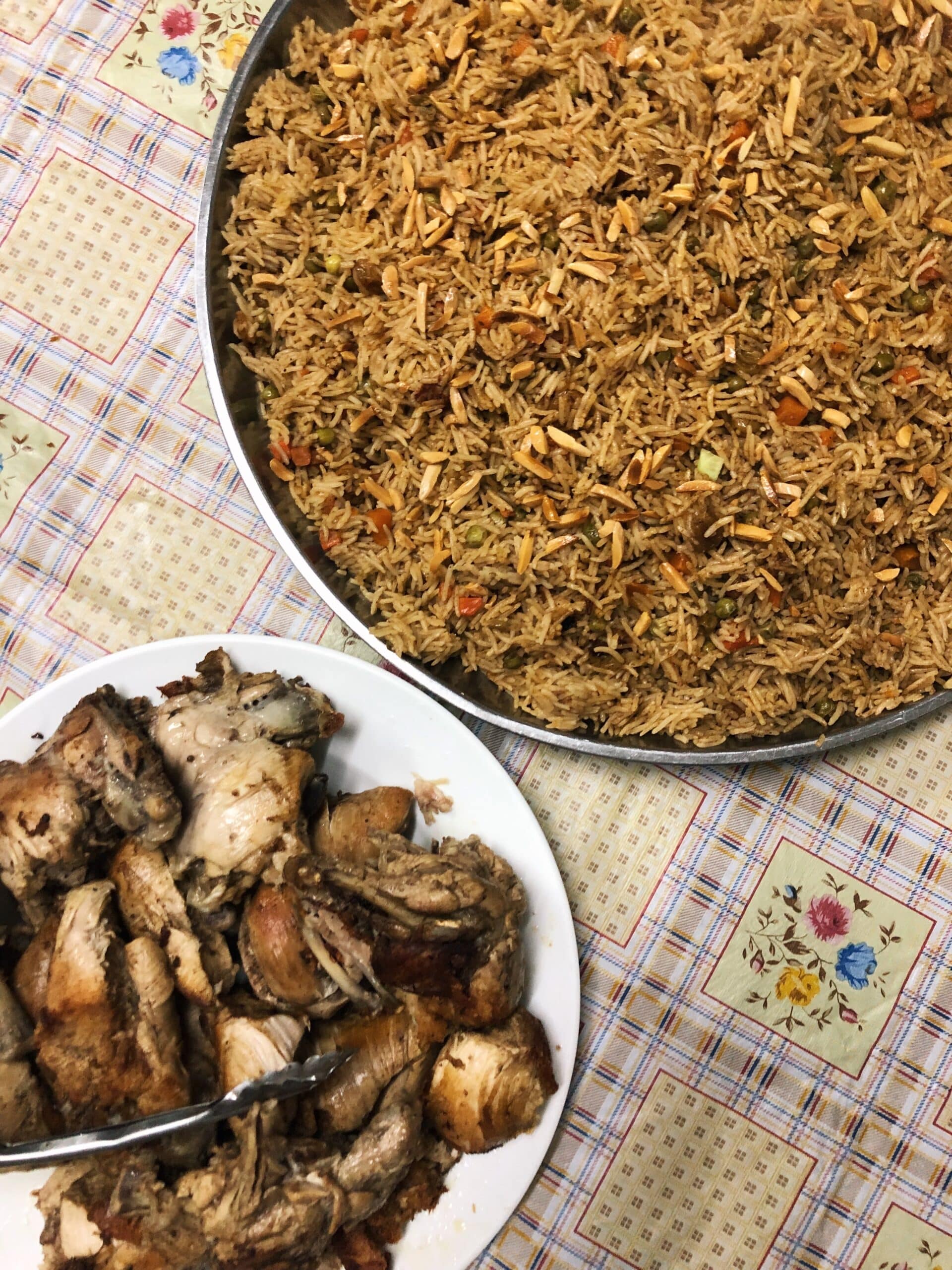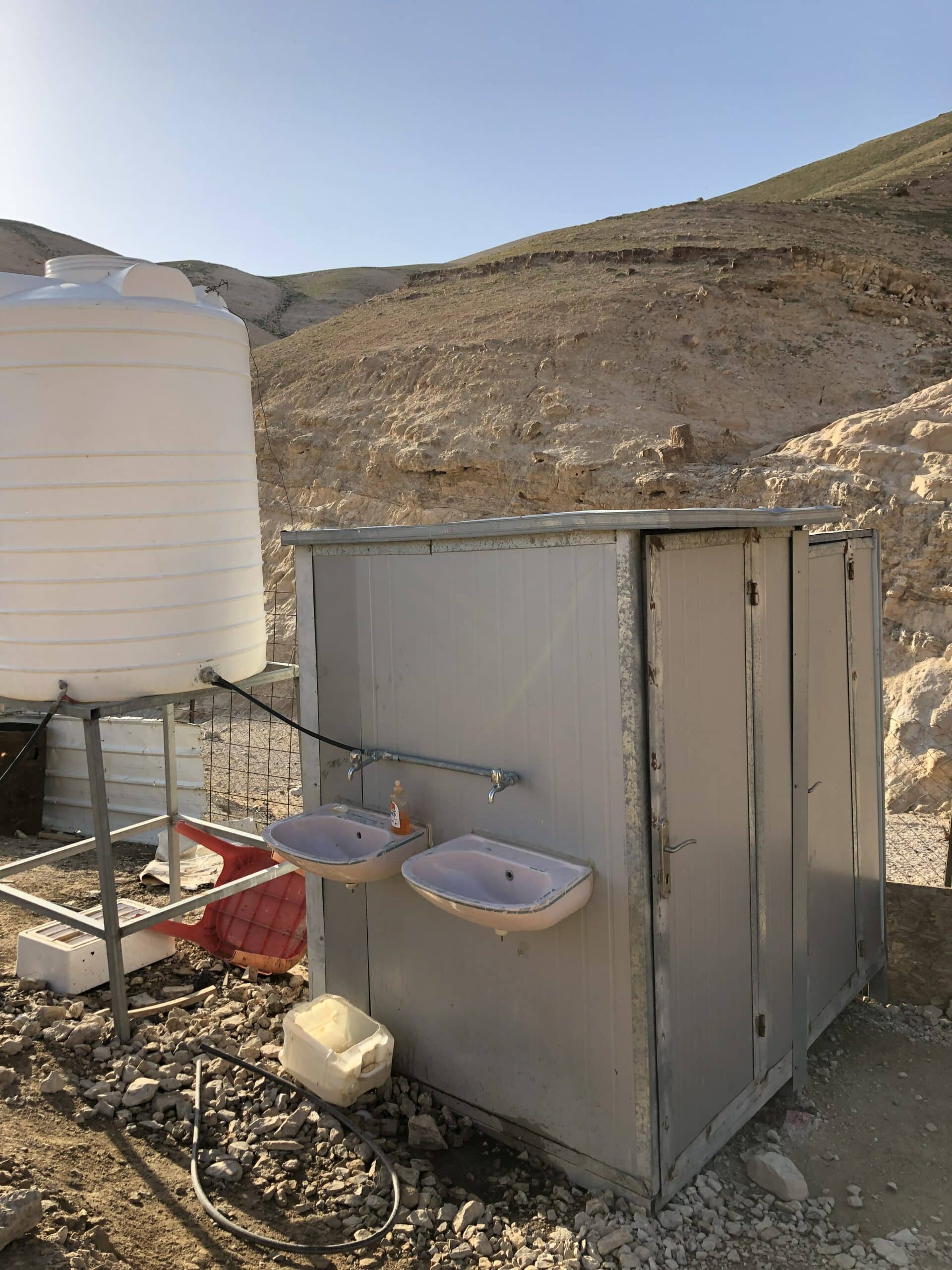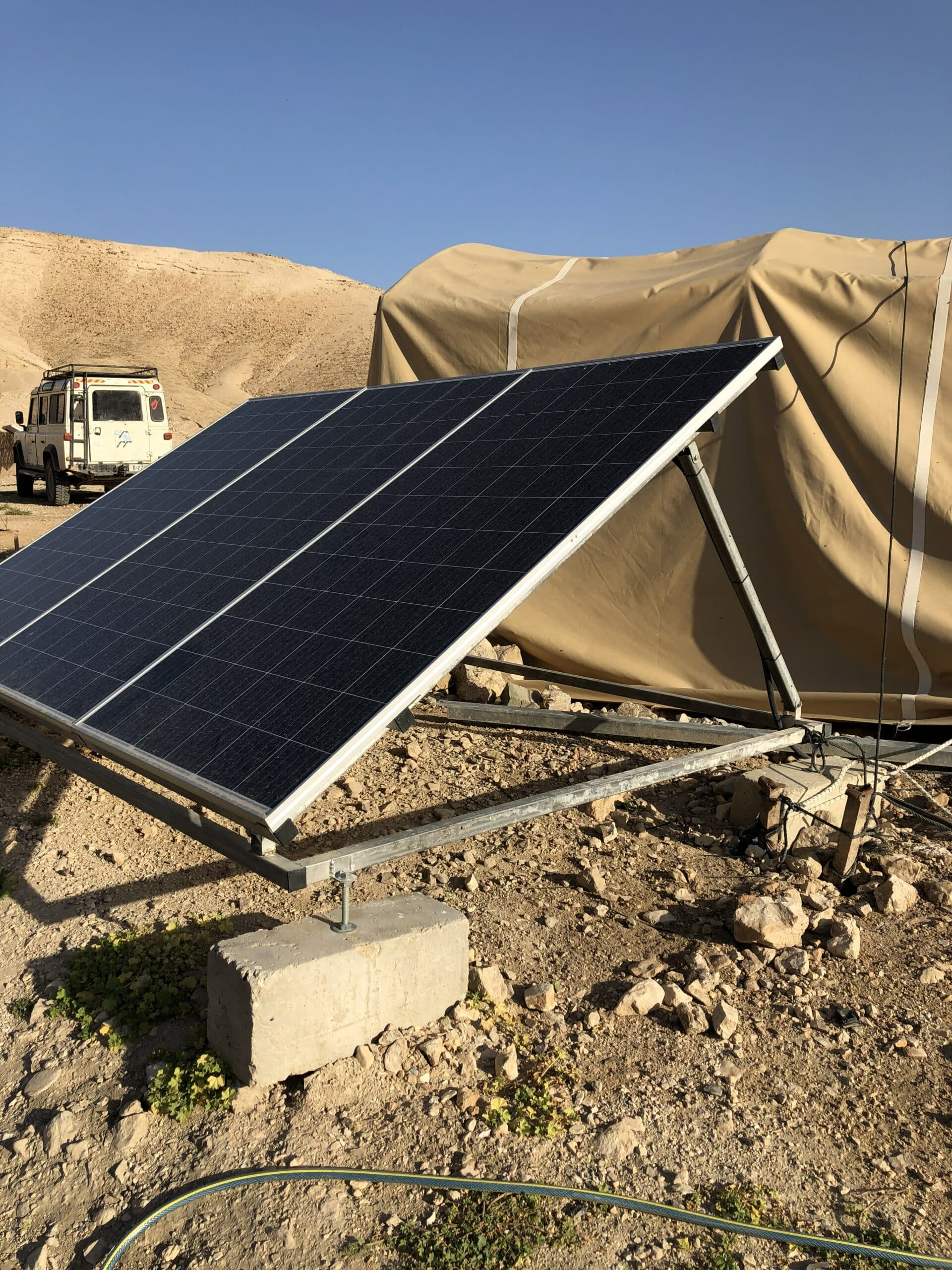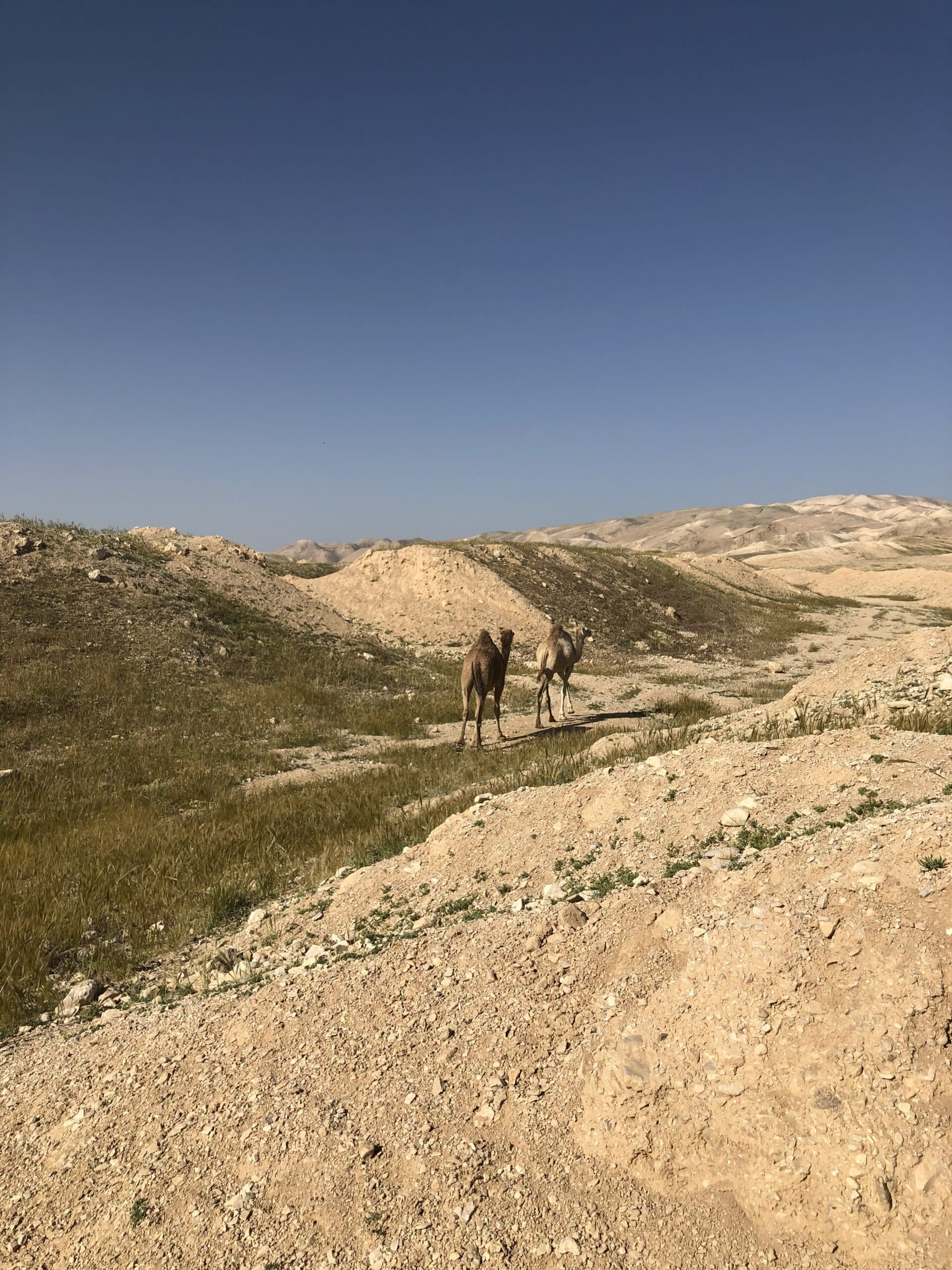Opinion: Why You Should Care About What’s Happening In Palestine
Until I spent time in Palestine’s West Bank, seeing it with my own eyes and listening to people’s stories, sharing a home-cooked meal with a welcoming Palestinian family in Duma village, hiking throughout the West Bank along the Palestinian Heritage Trail where the olive trees shimmer and vast landscapes are endless, sipping sage tea amongst fields of wildflowers while local kids joined us for selfies in Sebastiya and shared stories about never seeing the ocean because of the apartheid wall, walking through Jerusalem and seeing the stark difference between the old city’s different quarters, staying in a Bedouin camp frequently destroyed by Israeli militants, biking through the old city of Jericho, and walking along the apartheid wall in Bethlehem with a local business owner and artist who uses art as a means of peaceful protest—I’ll admit that I didn’t have a grasp or understanding of what was happening or why.
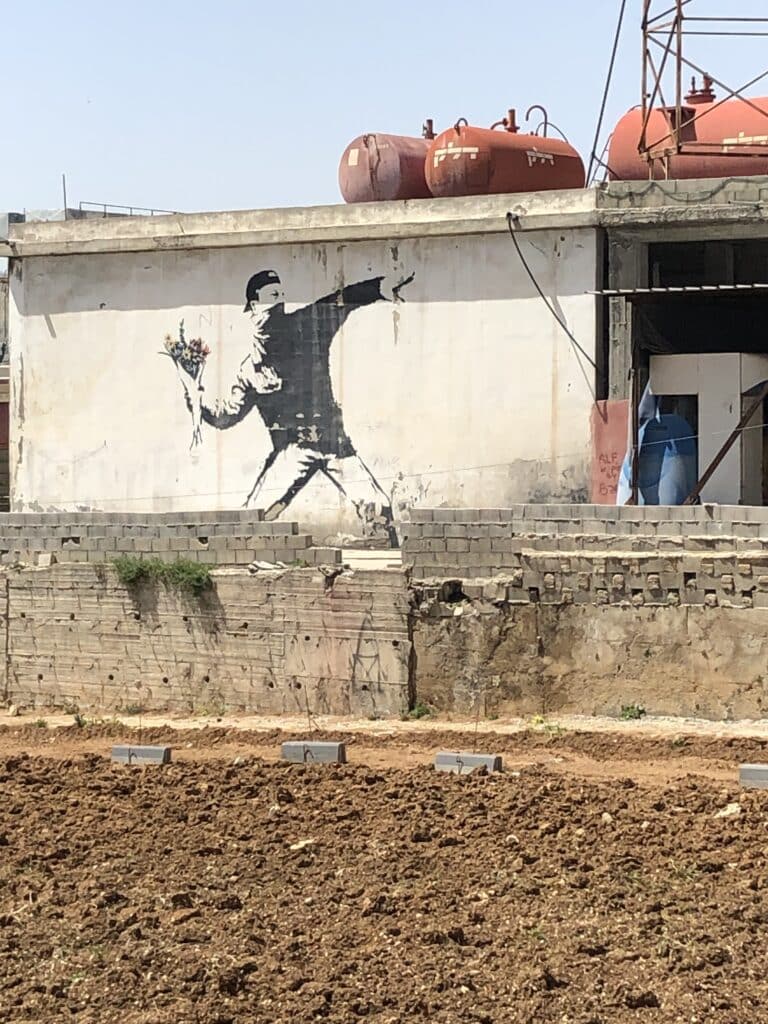
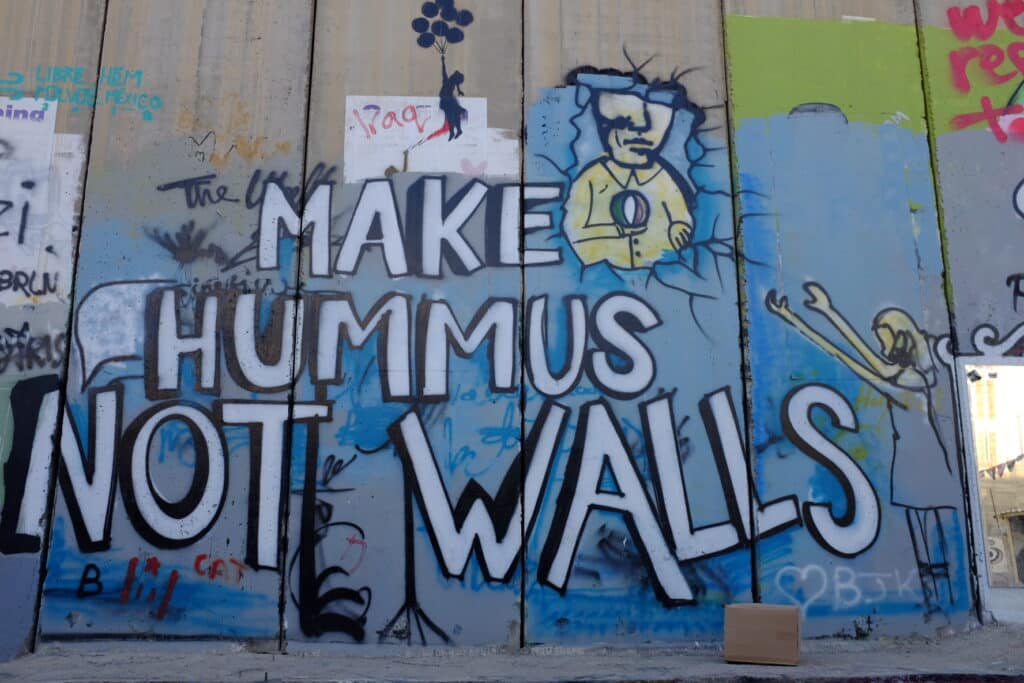
If you asked me then I’d say it was mostly because the media doesn’t share both sides of the story, and now, I’d say it’s also because our governments protect themselves by being complicit in the crimes that are happening because they are ‘allies’ of Israel. Also because it’s easy to read a headline, or story, and sweep it under the rug. Maybe we say we’re not into politics, or that it’s so far removed from us here in North America that we just ignore it. Or maybe we simply act complacent because we think that it is too complex to understand.
It’s quite the contrary though. While the conflict may be difficult to resolve, taking the time to understand isn’t all that complicated.
What’s happening in Palestine is a violation of human rights. According to Human Rights Watch and Amnesty, Israel is committing crimes against humanity of apartheid and persecutions against Palestinians and you absolutely should care about that. It should make you uncomfortable. It should make you sad, and mad. At the very least, it should cause you to be curious, to dig a little deeper than what you’re served up by our Western media, diversify your newsfeed, and want to educate yourself. If it doesn’t, you’re sitting in privilege.
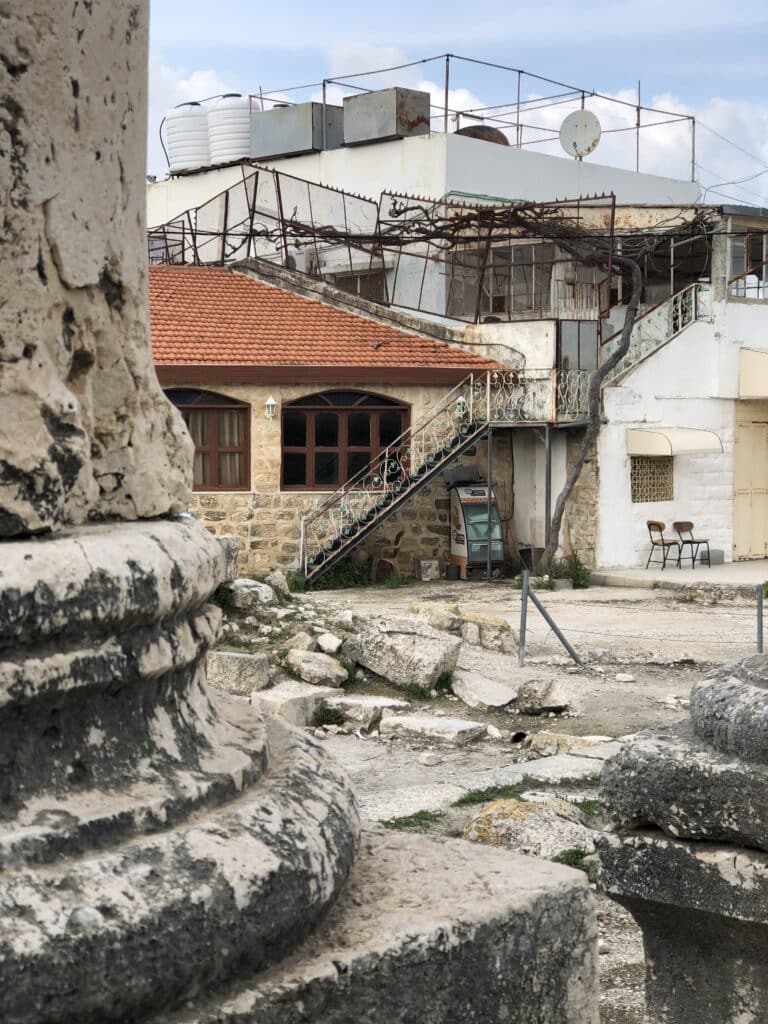
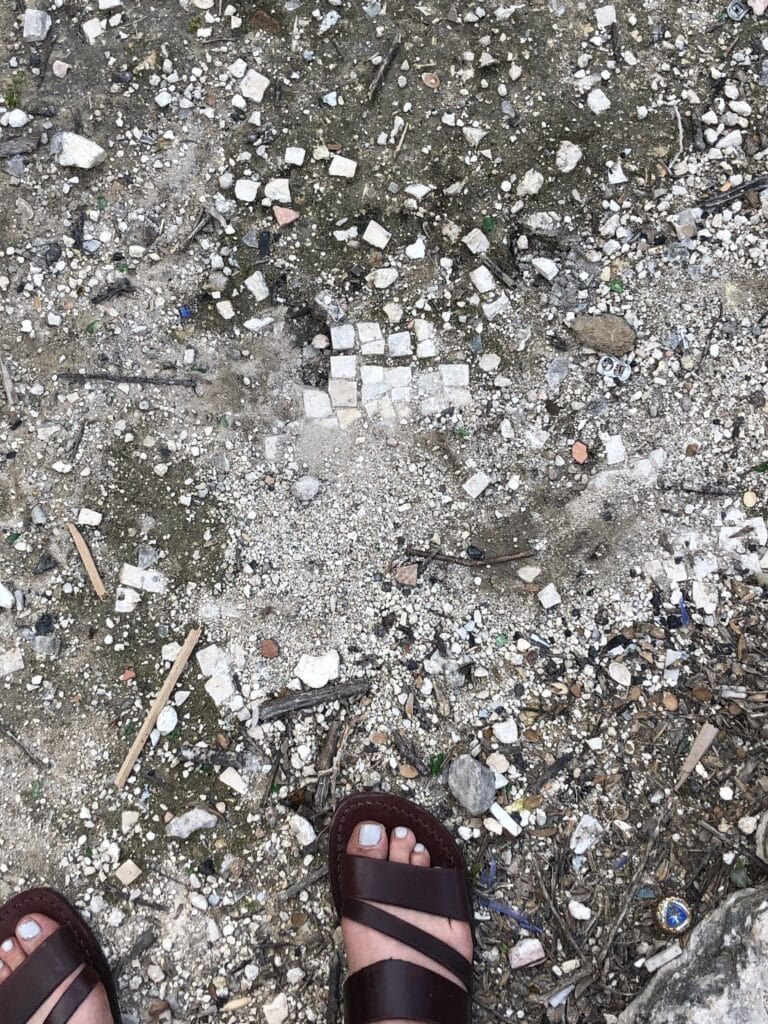
The violence happening between Palestinians and Israelis is often wrongly explained as a religious disagreement or a conflict between two equal sides who both have claims to one piece of land. When actually, it’s a conflict over territory between Israel, which has one of the most powerful, well-funded militaries in the world, and an indigenous population of Palestinians that have been occupied by Israel, displaced all over the world and exiled from their home for decades (see Jewish Voice for Peace for a 101).
According to the UNRWA, as of 2019, more than 5.6 million Palestinians were registered with UNRWA as refugees, of which more than 1.5 million live in 58 UNRWA-run camps in Jordan, Lebanon, the Syrian Arab Republic, the Gaza Strip, and the West Bank, including East Jerusalem.
And, it’s really not that far removed—our American and Canadian governments support the ongoing violence that is happening in Israel and Palestine right now—and that has been going on for many decades—through financial aid and trade agreements (see writer’s note at the bottom of this story for a little more context as to how Canada and the US are contributing financially to the conflict and resolution).
A brief history: There was a whole lot of history in the region well before Israel became a nation. The Ottomans captured Palestine in 1516 and ruled it until Egypt took it in 1832. During and before the Ottoman Empire, the majority of people in the region were Palestinians. In 1948, Zionist military forces forcibly expelled over 750,000 Palestinians, causing a war to erupt alongside the creation of Israel. This was facilitated by Britain, who had gained temporary control of the region after the fall of the Ottoman Empire, and decided to give the land as a home to displaced European Jews after the Holocaust. This created a refugee crisis, and those displaced Palestinians have never been allowed to return to reclaim their homes—this is referred to as the Nakba (which translates from Arabic to English as ‘catastrophe’ or ‘disaster’). Many years later on June 7, 1967, Israel illegally occupied Jerusalem in its entirety, the West Bank, and Gaza—and since then, Palestinians have lived under Israeli military control. Quite literally thousands of armed soldiers have infiltrated every part of Palestine and every aspect of their lives, conducting institutionalized discrimination against Palestinians living under their rules.
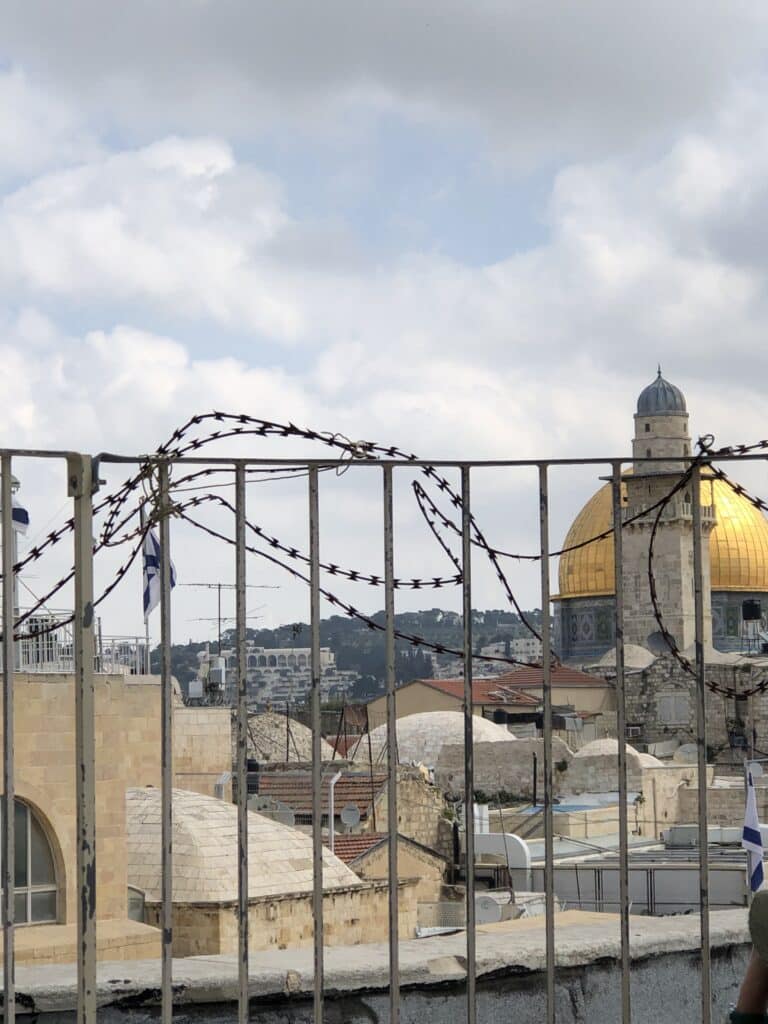
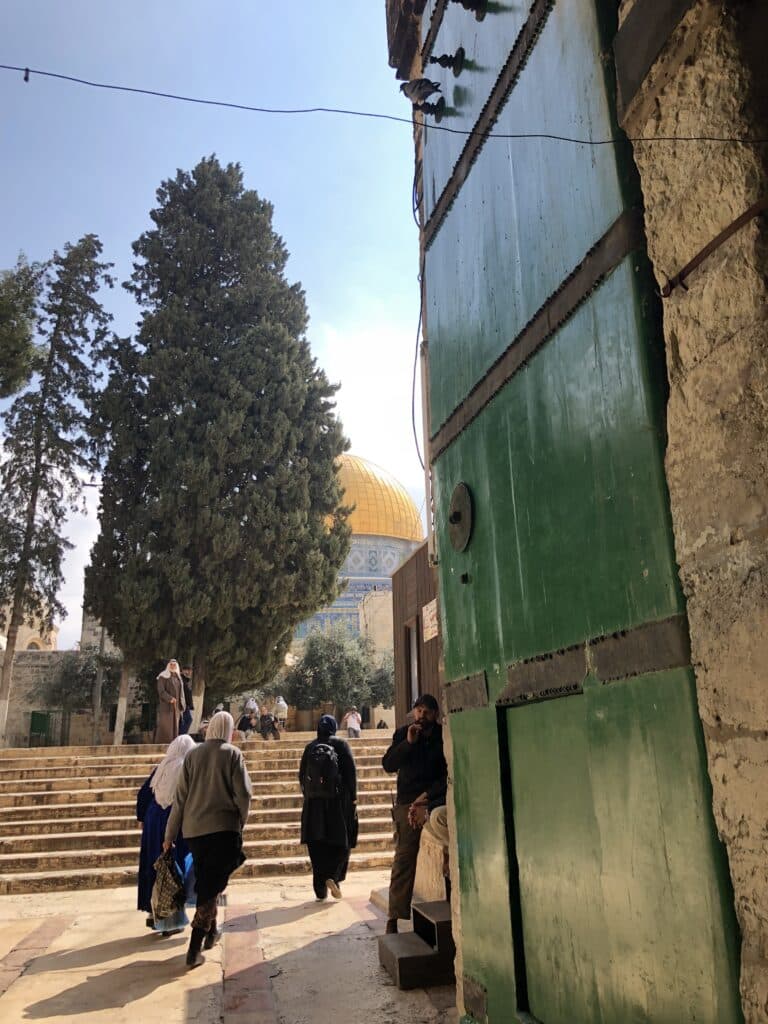
Before the Nakba, and before the occupation, Muslims, Christians and Jews lived, mostly, harmoniously together. (Amnesty has a great overview, and so does VOX).
Palestinian people are being stripped of their basic human rights daily. The Israeli government is removing people from their homes and forcing them to flee and live in other countries and refugee camps, innocent civilians are being murdered, and homes, hospitals, schools, and buildings are being destroyed. The occupation has continued to deepen over the years, slowly taking over more land than what was outlined by the 1995 Olso Accord. Saying, “I don’t understand what’s happening,” or, “We can’t do anything about it,” simply isn’t acceptable anymore.
Israeli citizens of course have the right to live in peace and security, as do the Palestinians.
Spending a few weeks in the region and being hosted by the Palestine Ministry of Tourism and Antiquities and Siraj Centre doesn’t make me any sort of authority on the topic—I’ve barely scratched the surface of understanding the situation of colonialism and state-sanctioned violence happening in Palestine. But, what I can do is share what I saw.
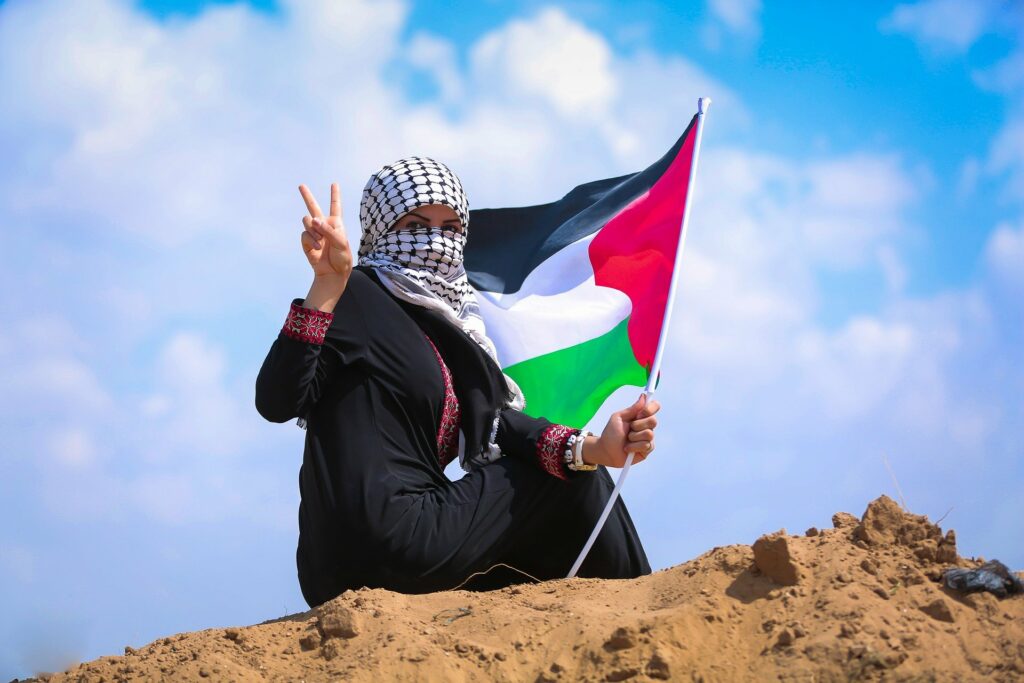
I saw Palestinian villages with water tanks on their roofs controlled by the Israeli government who cut off their freshwater supply. They make Palestinians pay to fill them up while the illegal Israeli settlements—usually on hilltops nearby that look down on the Palestinian villages—have free-flowing water. Nablus—once known for its abundance of freshwater—has taps dried up next to 1000s of posters of martyrs who’ve died protecting Palestine. My guide from Siraj Centre, Zaid Azhari, explains it to me. “As a Palestinian, we have really limited access to the water, while the Israelis have full access to water all the time, 24/7. Because of that you’ll see tanks on the rooftops of all the Palestinian houses to save the water when the Israelis bring water to their municipalities or cities, but you won’t see these tanks above Israeli houses because they have access all the time,” says Azhari. “The Israelis limit the quantity of water we get—about 10 litres of water for a Palestinian and 100 litres for the [illegal Israeli] settlers in the West Bank.”
In Sebastiya, home to ancient archeological sites and ruins, Israel bans Palestinians from doing any excavation, cleaning, or restoration. As part of the Oslo Accord, the occupied West Bank was divided into areas A (under Palestinian control), B (under joint Palestinian-Israeli control), and C (under Israeli control) Sebastiya is classified as Area B. This area, which is by law under joint Palestinian-Israeli control, has history and relics, beautiful mosaics and stone columns that could be preserved to generate income through tourism—instead, it’s being tread upon and destroyed.
“Israel has banned Palestinians from doing any rehabilitation of the site or work in any way to protect the ruins, because of that we’re losing more and more from these ruins,” says Azhari, who runs a coffee shop and restaurant next to the archaeological site called Santarosa, which frequently has to close down when the Israelis come in with soldiers, guns, weapons, and military jeeps to create a sense of control at the site. Azhari adds that when Israeli tour groups are brought to the site, they aren’t allowed to visit any of the Palestinian restaurants, shops, or markets.
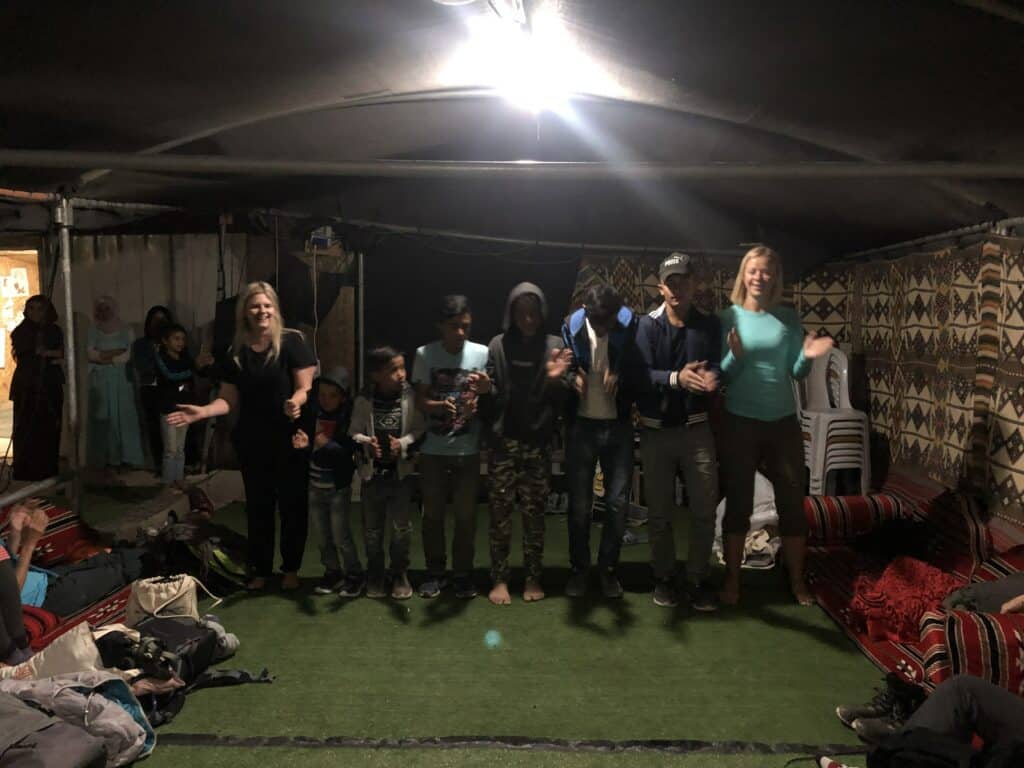
In Sebastiya I also saw two flagpoles, standing tall atop a hill with Palestinian flags blowing in the wind. Every night the Israeli military illegally enters, removes the Palestinian flags and replaces them with their own, or sometimes they cut down the flag poles completely—you can see them in a rusty pile at the bottom of the hill. Every morning local Palestinian kids replace them again.
On the Palestinian Heritage Trail in the West Bank, the red and white trail blazes are painted over with blue and white Israeli ones, daily. It makes it hard to stay on track, but thankfully Palestinians have been hiking here for decades and my guides know the way.
I stayed in a Bedouin camp near Jericho, where I danced with the locals, ate Zarb—the bedouin version of barbeque with meat and vegetables cooked underground over hot coals—while listening to stories about how they aren’t allowed to have any semblance of a classroom or educational materials here—no colourful posters, no school supplies.
They hide it because Israelis will barge in and tear it down if they see it. Why? Israel denies Palestinians permits to build schools in the West Bank, and when they build them anyways they’re demolished because they don’t have permits. To build schools. On their land. A complete violation of children’s rights to education. Not only that, if the Bedouins don’t guard their home they’ll likely return to their community bulldozed. This happens all the time. And when it does, they rebuild—talk about resilience.
Some Palestinian people who showed me around couldn’t go to Jerusalem and weren’t allowed to drive in or out of their villages due to armed Israeli checkpoints—they had a Danish volunteer to drive them between their homes and Jerusalem. “As a Palestinian, to go to Al-Aqsa Mosque, I need to get Israeli permission, and they won’t give the permit to anyone who has ever had a clash with them, if any family member has ever been arrested, or if they were a political activist at any point in their lives—it is very difficult for youth in the West Bank to get permission to visit Jerusalem. I’m sitting here with ten friends, and nine of them can’t go,” adds Azhari. I saw tourists and pilgrims who travelled from all over the world to visit the world’s holiest religious sites without even noticing their surroundings, while Palestinians aren’t even able to visit their mosque in Jerusalem.
I listened to stories from Palestinians who know they’ll never leave Jerusalem—they stay to fight for their rights, hoping their children will live freely one day. Leaving, for them, is simply not an option after generations before have fought the same rights. I also heard stories from Palestinians living in Jordan, even here in Canada, whose families were forced out and will never be able to return.
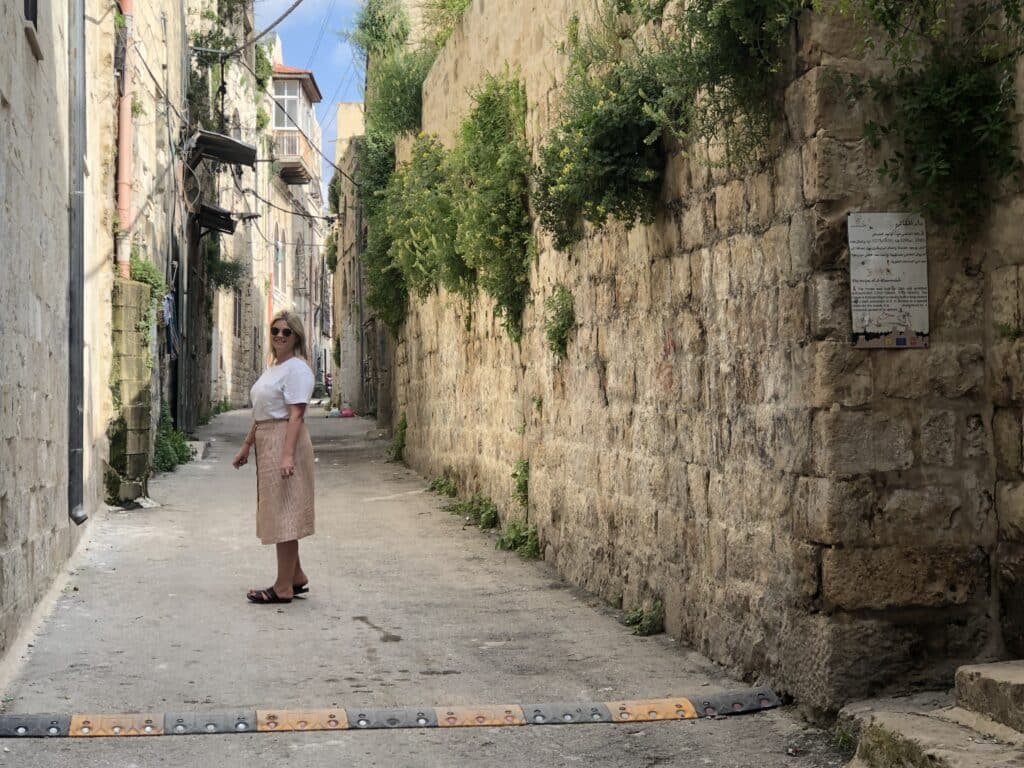
I saw how developed and pristine Jerusalem’s Jewish Quarter is and how poor the Muslim Quarter is because of how funding is spread. In the Muslim quarter of East Jerusalem, thousands of Israeli militants are illegally occupying the city with huge guns directing, yelling, controlling people simply going about their day, running shops in the market, going to Al Aqsa Mosque to pray peacefully. Just like how the latest assaults began while Palestinians peacefully celebrated Eid, the end of the holy month of Ramadan, at their place of worship.
I saw how young the Israeli Defense Forces are. Israeli youth are forced to join the military service when they turn 18. From childhood they are given an ideology that they’re doing their rightful duty as Israeli citizens by taking back their ‘homeland’ and protecting themselves—rather than the reality of the situation: Zionists claiming Palestinian land to create a Jewish state.
They are indoctrinated with the idea are that Palestinians are terrorists because of Palestinian movements that have been put in place for them to defend their human rights. They blame Hamas attacks (a Palestinian militant group and Islamist political organization against Israel’s occupation of Palestine who is dedicated to the establishment of an independent Palestinian state, and freedom for all of Palestine) rather than the root of the problem, which is the occupation.
I visited Taybeh Winery and Taybeh Brewery—located in one of Palestine’s Christian communities in Ramallah—where growth, harvest, and production all rely on the Israelis filling their water tanks on time and with the right amount. The Israelis also control trade and movement of goods in the occupied West Bank, deciding whether or not to allow them to import and export their Palestinian product.
What I also saw was the most kind, resilient, beautiful people who welcomed me into their homes, showed me how to dance, cook, and shared the painful and beautiful parts of their history.
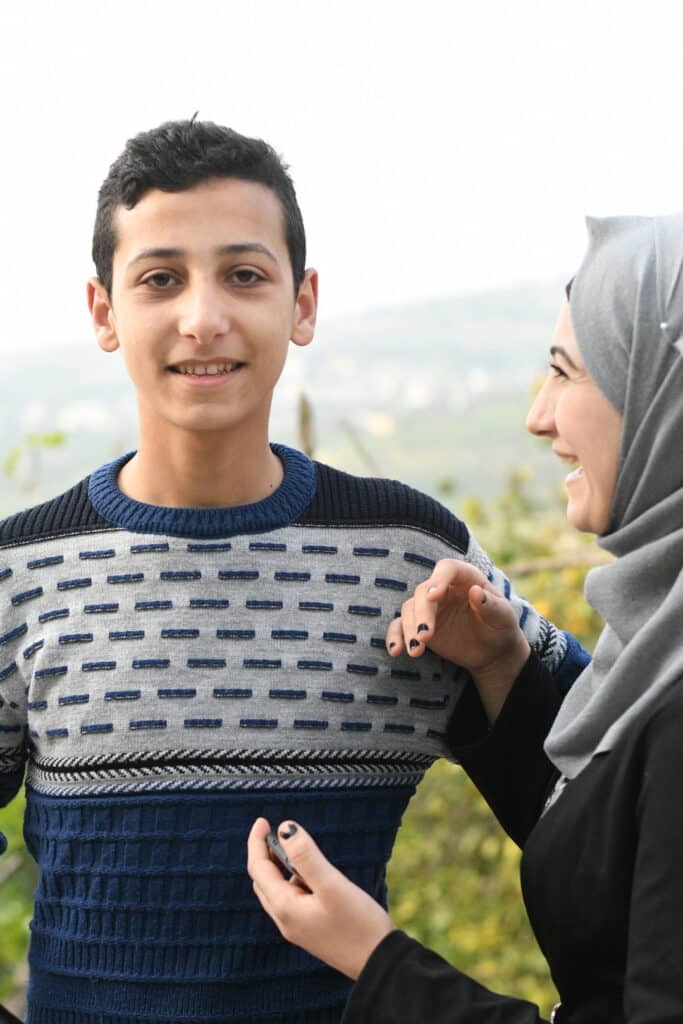
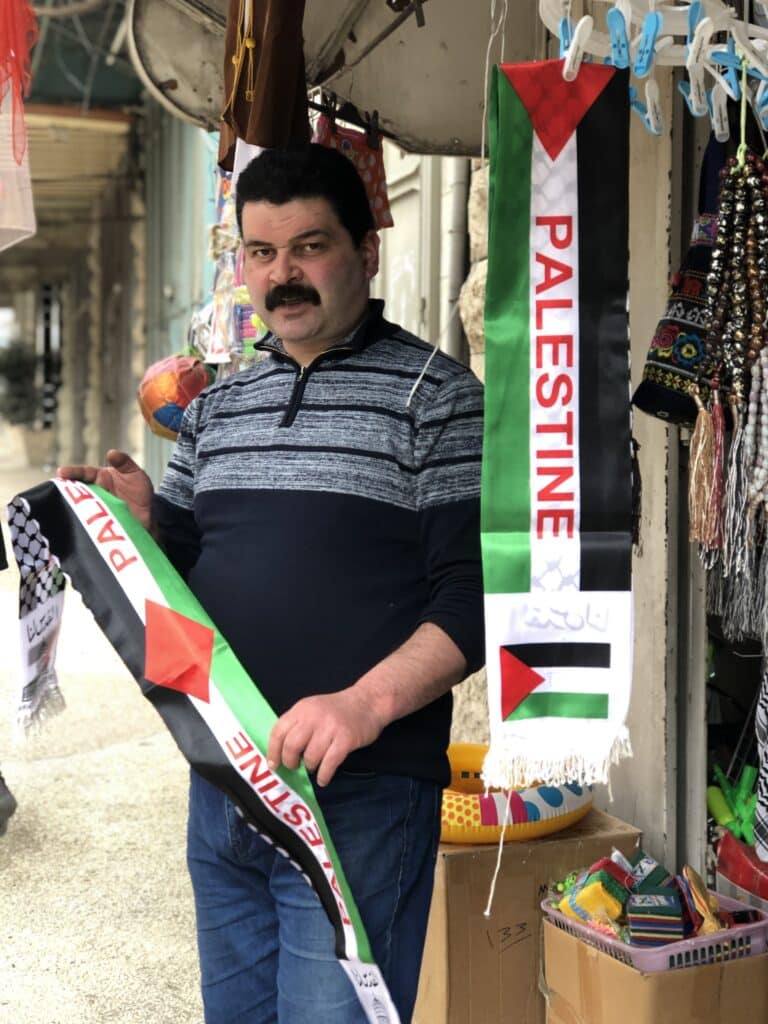
The reality of the division that the Israeli Occupation of the West Bank is impossible to ignore—families have been split apart, people have no freedom of movement, their jobs, water, livelihoods are controlled under the occupation, yet through it all there is so much kindness and love felt when walking alongside the people who call Palestine home.
“There are two things we need from all our friends in the world—we need you to be our ambassadors wherever you’re from, to speak, and to talk about what is happening now in Palestine,” says Azhari. “Especially with the Israeli control of the media, changing the truth, trying to give a bad image that the Palestinians are terrorists. They don’t tell the stories of the Nakba, how they control our daily life, the Israeli checkpoints in the West Bank, all the systems the Israeli’s are using to control the Palestinians and all the rights we don’t have here.”
“As a Palestinian, I want all the land, of course, 27,000 kilometres and 27 metres. But I want the 27 metres before the 27,000 kilometres. First, at least, I want to feel free, I want to live a good life, where I can move as I want, to do what I want. As for the land? As a Palestinian I want the metres before the kilometres,” adds Azhari.
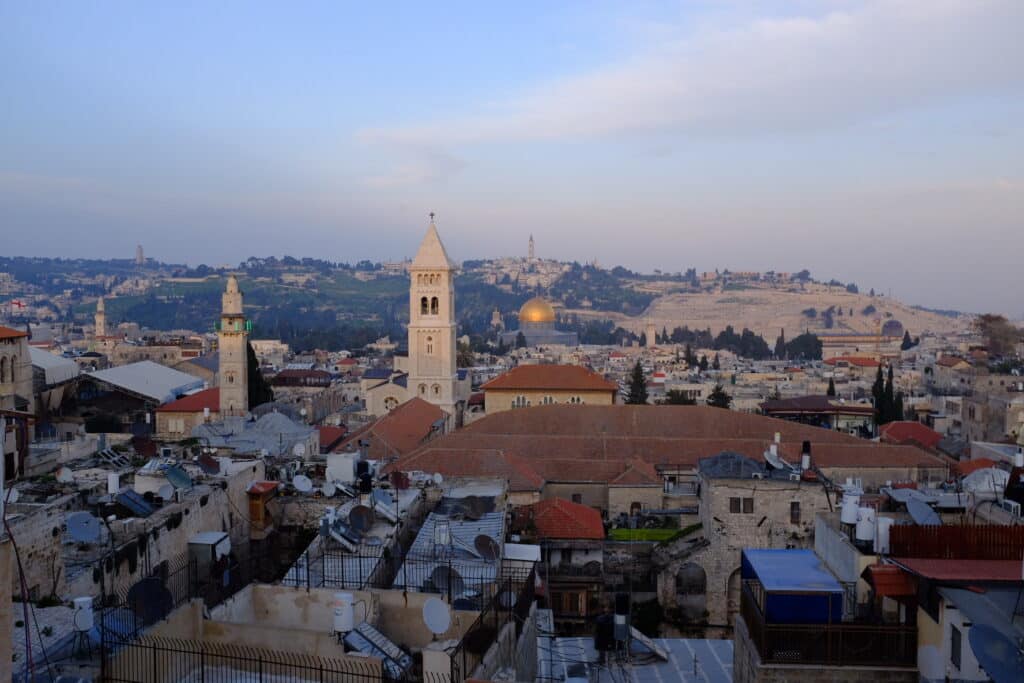
Writer’s note:
Here’s a little background on how North American governments are involved:
Israel is the largest cumulative recipient of U.S. foreign assistance since World War II, according to the Congressional Research Service report on Foreign Aid to Israel. It states that almost all U.S. bilateral aid to Israel is in the form of military assistance. To date, the United States has provided Israel $146 billion in bilateral assistance and missile defence funding. Between 2019-2028 the United States has pledged to provide $38 billion in military aid to Israel.
According to the Congressional Research Service report on Foreign Aid to Palestine, bilateral assistance from the USA to Palestine since 1994 has totalled around $5 billion, but in 2018, the Trump Administration significantly cut funding for the Palestinians, ending U.S. humanitarian contributions to UNRWA. In April 2021, the Biden administration restored US foreign aid to Palestinians, totalling $235 million. Here’s the breakdown: $150 million through the UNRWA, $75 million in U.S. economic and development assistance, and $10 million for peace-building programs.
Canada has agreed to provide financial aid to Palestine amounting to CAD 90 million which will be distributed over three years. It’s unclear if Canada directly provides foreign aid to Israel. Canada and Israel have a strategic partnership, including a two-way merchandise trade between Canada and Israel valued at more than $1.8 billion in 2020 (check the fact sheet here).
Want to diversify your feed? Follow these sources:
@soyouwantotalkabout
@paliroots
@theimeu
@eye.on.palestine
@visualizingpalestine
@letstalkpalestine
@documentingpalestine
@palestinianyouthmovement
@middleasteye
@othercollective
@jewishvoiceforpeace
Book Your Stay Now in Palestine
Use the interactive map below to search, compare and book hotels & rentals at the best prices that are sourced from a variety of platforms including Booking.com, Hotels.com, Expedia, Vrbo, and more. You can move the map to search for accommodations in other areas and also use the filter to find restaurants, purchase tickets for tours and attractions, and locate interesting points of interest!
